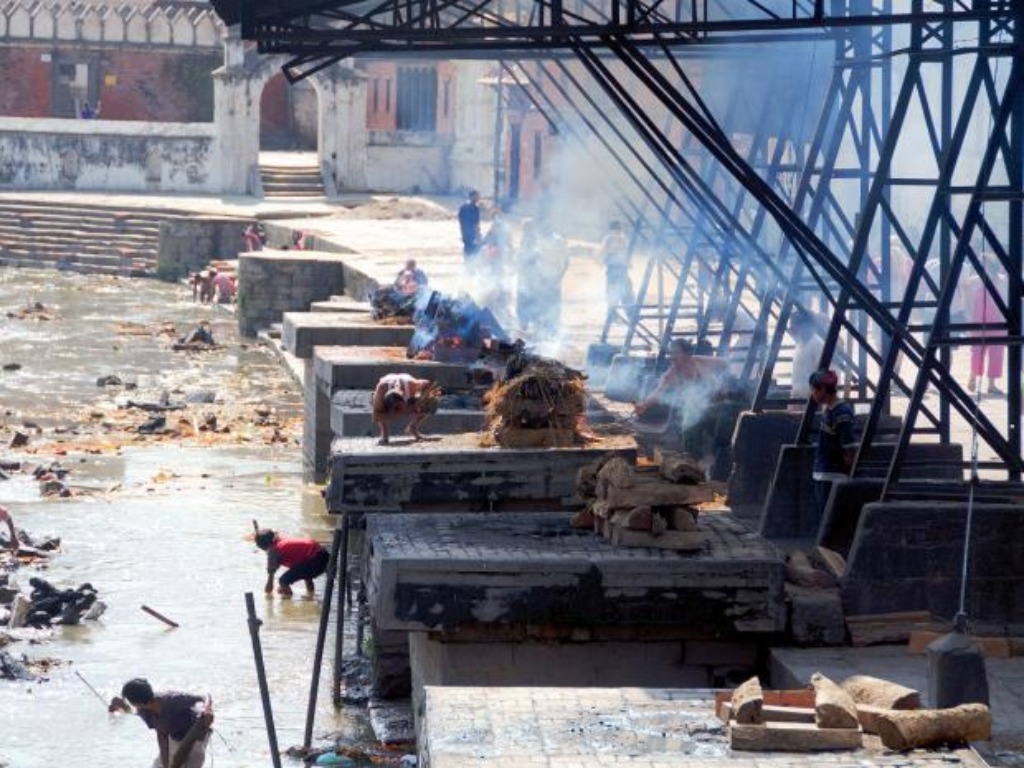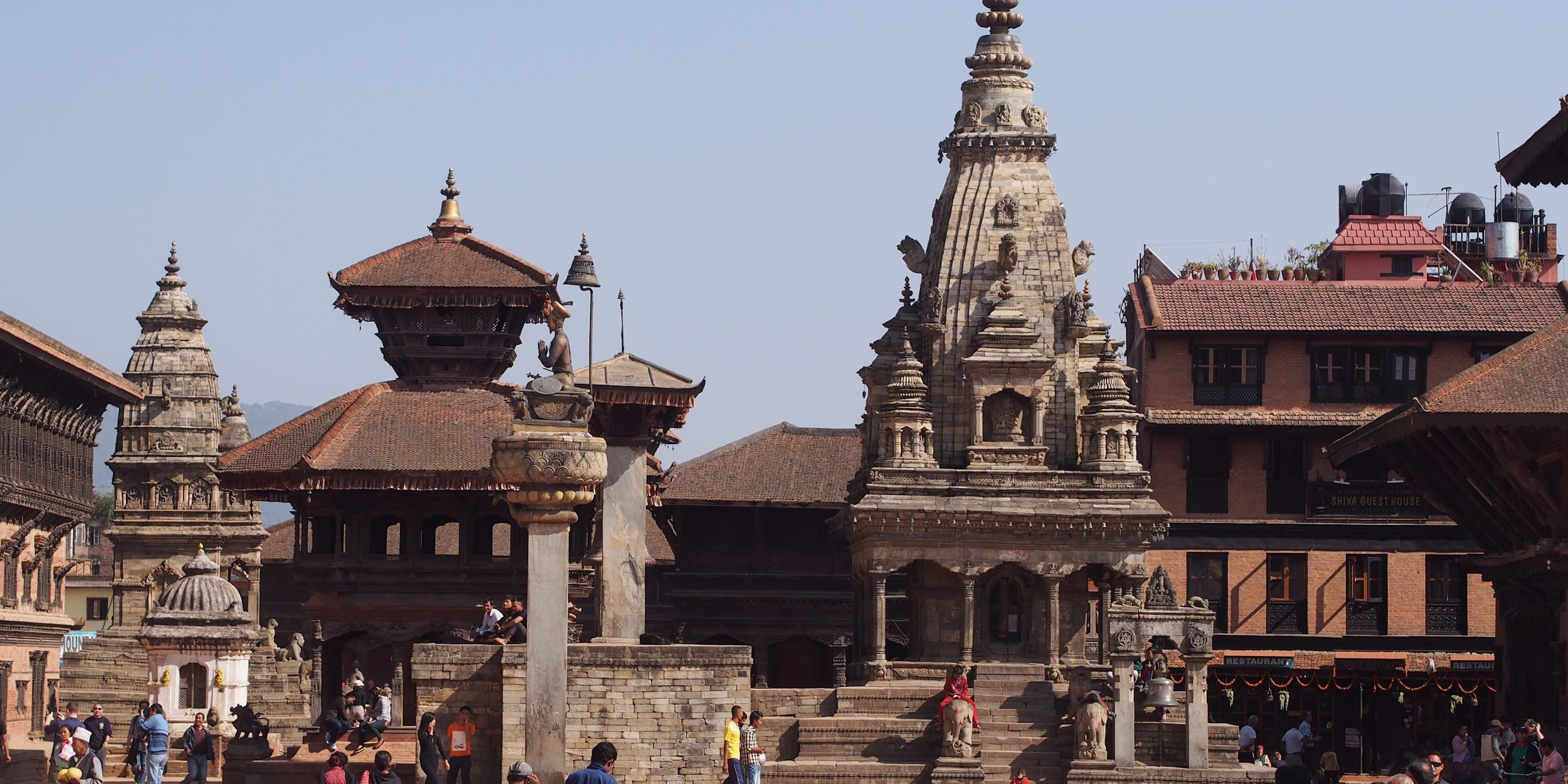One among the eight UNESCO World Heritage sites of Nepal is the Pashupatinath Temple, which attracts millions of visitors each year. The temple dedicated to Lord Shiva dates back to 400 B.C. and is among the greatest pilgrimage sites for Hindus all over the world. At the festival of Mahashivaratri, Pashupatinath sees an annual visitor count of 1.5 million, with 10,000 foreign visitors.
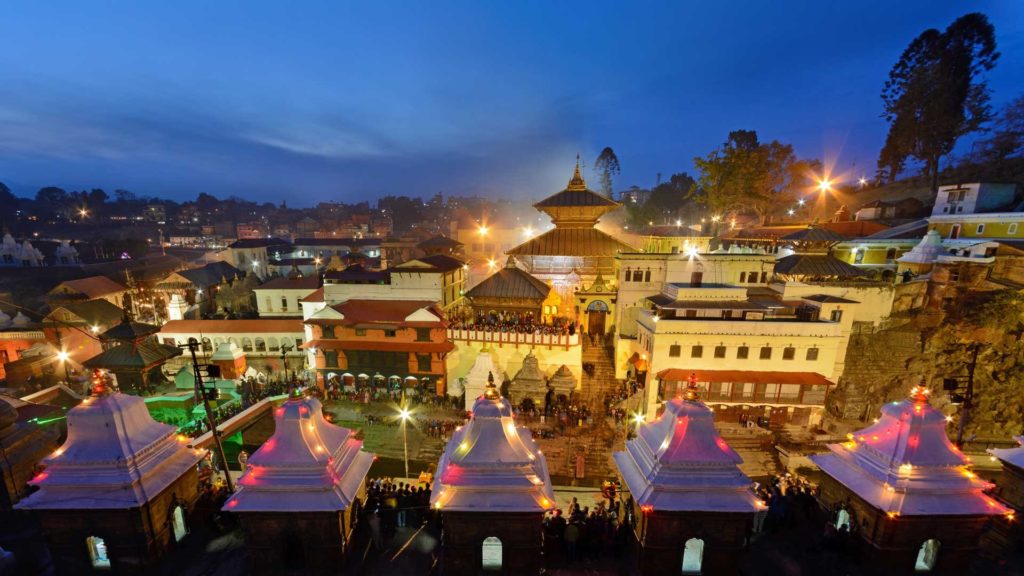
Unlike the devotees visiting the majestic architectural site for religious purposes and blessings from Lord Shiva, there is also a mourning group of visitors to the Pashupatinath premises. They are across the bridge from Pashupatinath’s holy temples and shrines; there to carry out the funeral rites of their beloved.
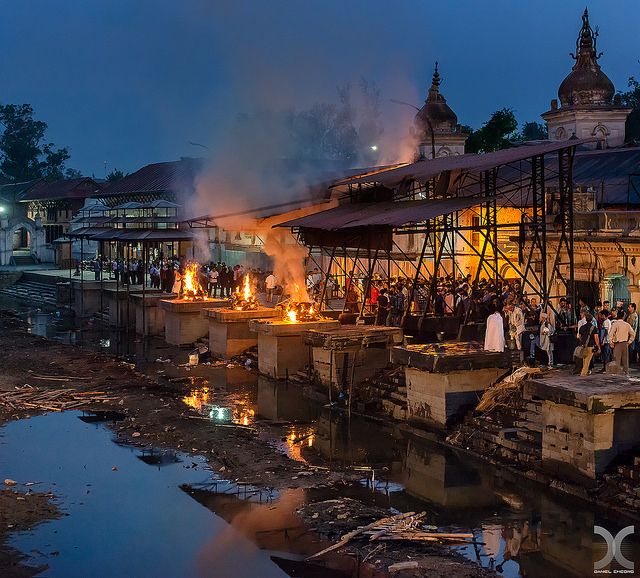
Pashupatinath is adjacent with Arya Ghat, the biggest crematorium or open-air burial site in Nepal. It is regarded as the final destination for most Hindus in Nepal, where cremation of dead bodies is carried out at an industrial scale everyday by the banks of the Bagmati River.
When an individual dies, there are various ways in which their bodies are disposed after death. While some religions prefer burial, some prefer air-burial and others cremation. Cremation refers to the procedure of disposing a dead body with the use of fire by burning them to the ground. Nowadays, there are also electric crematories that can burn a body to ashes within minutes.
In Nepal, however, people prefer open-air cremation that takes an average of three hours to turn the entire body into ashes. Why do Hindus in Nepal choose open-air cremation? The answer lies in our Hindu Vedic texts.
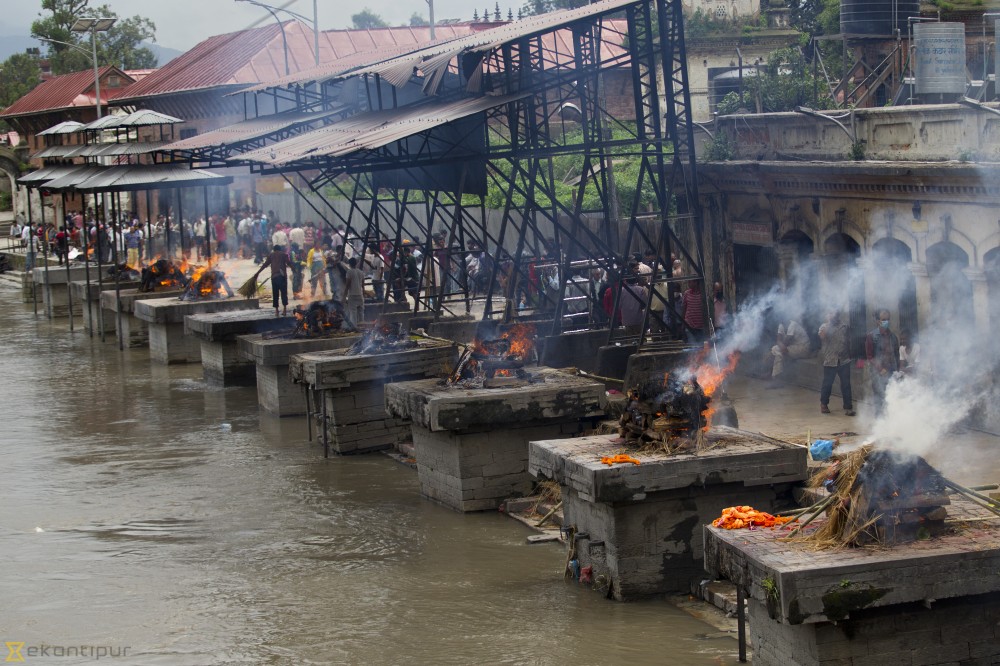
http://kathmandupost.ekantipur.com.np/news/2019-01-15/aryaghat-cremators-complain-of-low-pay-and-perks-facilities.html
According to the ancient scriptures, an open-air cremation is the best method to sever any emotional attachments of the soul with the body. When a soul leaves a body, the soul is still materialistically and emotionally bonded with the body and wishes to reunite with its beloveds. By burning the body into open-air, the family members or friends of the dead show the soul that their journey of life in this body is now over. The souls are encouraged to cut off all attachments with this body and move on to their next life circle, where they will enter a new body.
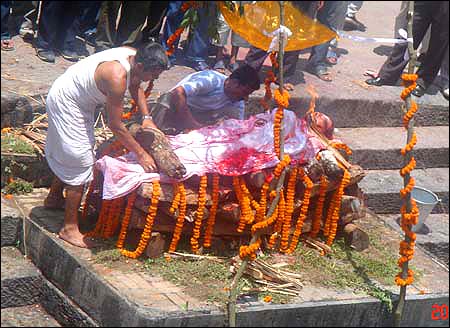
http://english.ohmynews.com/articleview/article_view.asp?menu=c10400&no=312298&rel_no=1
The body of the dead is disposed of within a day of the death, and it is done as swiftly and cleanly as possible. After the soul leaves the body, the body is cleaned and wrapped in a single piece of white clothing. It is then carried or transported to the temple for a final visit. In earlier days, only male members were allowed to witness the funeral ceremony, but these days female members have also started accompanying the troupes to the ghats.
At the Ghat, the body s placed in the cemented crematorium and logs of wood are placed on top of the body. It is ignited using ghee and oils, while a smoke is created using wet straws such that the cremation process is not clearly visible to the family members. Family members are laden with grief, which is only natural, but it is said that death should be considered as a joyous departure instead of a remorseful separation.
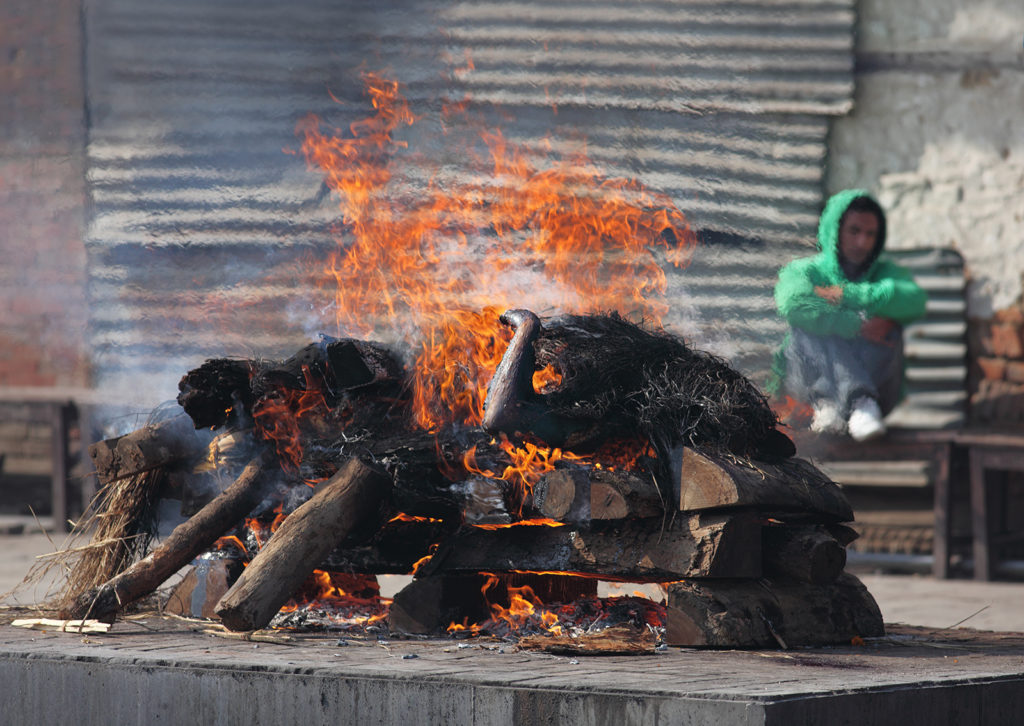
https://de.wikipedia.org/wiki/Datei:Pashupatinath_Temple_Cremation.jpg
After waiting for a few hours, the ashes are dispersed into the Bagmati River, which goes on to meet the Ganga. Ganga is the holy river of the Hindus and is known for washing away sins of life and hence, the dispersion into the river.
Hindus believe that there is no end for the soul, only rebirth or reincarnation in another form. Hinduism does not believe in reunification of the soul with the body, which is why burial is not an option for Hindus. They have a belief that the journey of the soul never ends and it only reincarnates in a different form than the previous body that it was merged with.
While indoor cremation could be a possibility, open-air cremation is more preferred as cremation in a machine is superstitiously believed to confuse the souls and trap them. When done in open-air, the souls are said to better understand that it is time to move on to the next life.
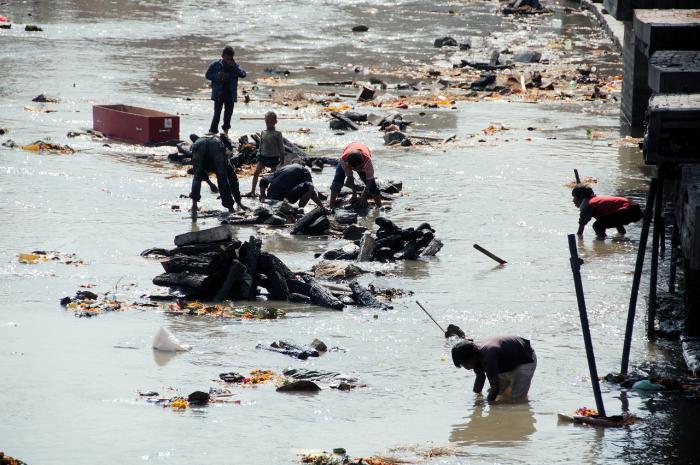
http://wikimapia.org/6657288/arya-ghat-pashupati
Open-air cremation raises various issues of environmental pollution. The Bagmati River has become irreversibly polluted due to dumping of ashes at the banks and waste in other parts. The air in the Arya Ghat is filled with smoke due to the burning of bodies in large numbers at the capital city’s crematorium each day. All this suggests that such cremation procedures require to be checked for environmental conservation. However, the tradition has remained intact for centuries due to its religious significance and is unlikely to be replaced by any technology or burial method anytime soon.
What do you think about the open-air cremation tradition of Hindus in Nepal? Let us know in the comments below.
